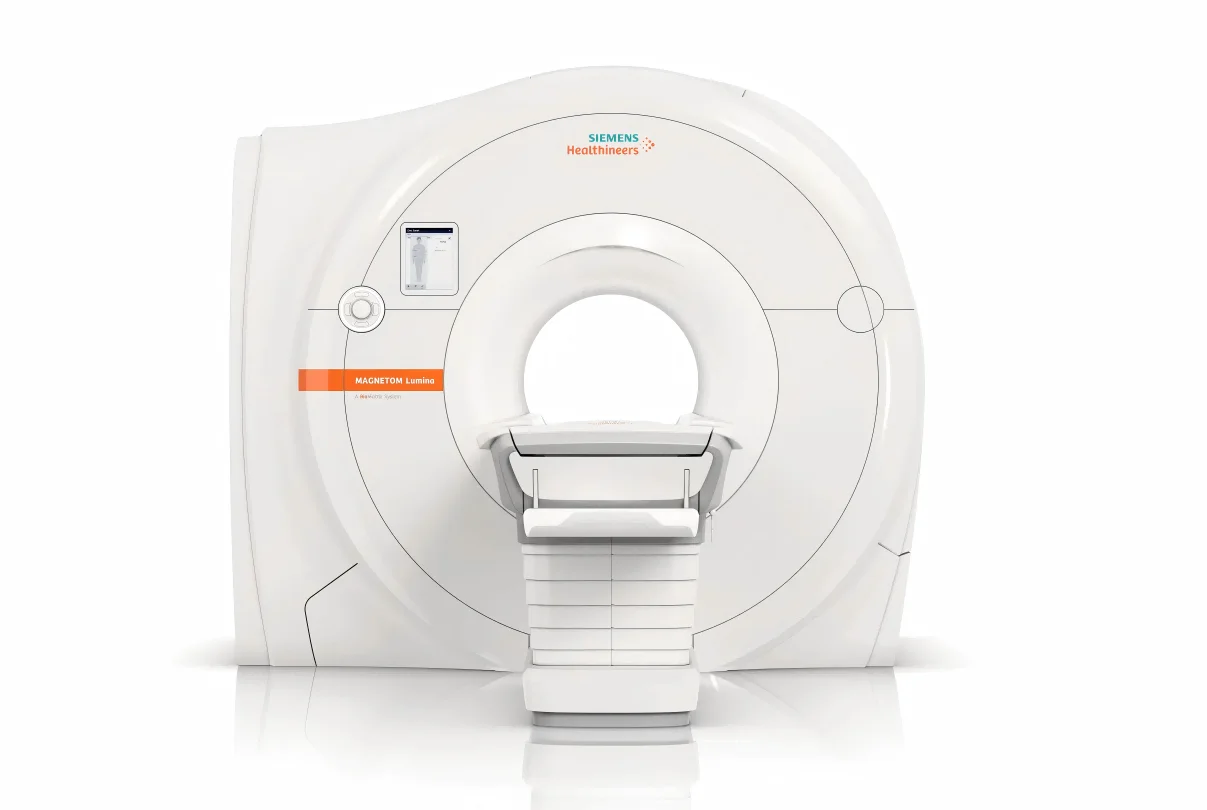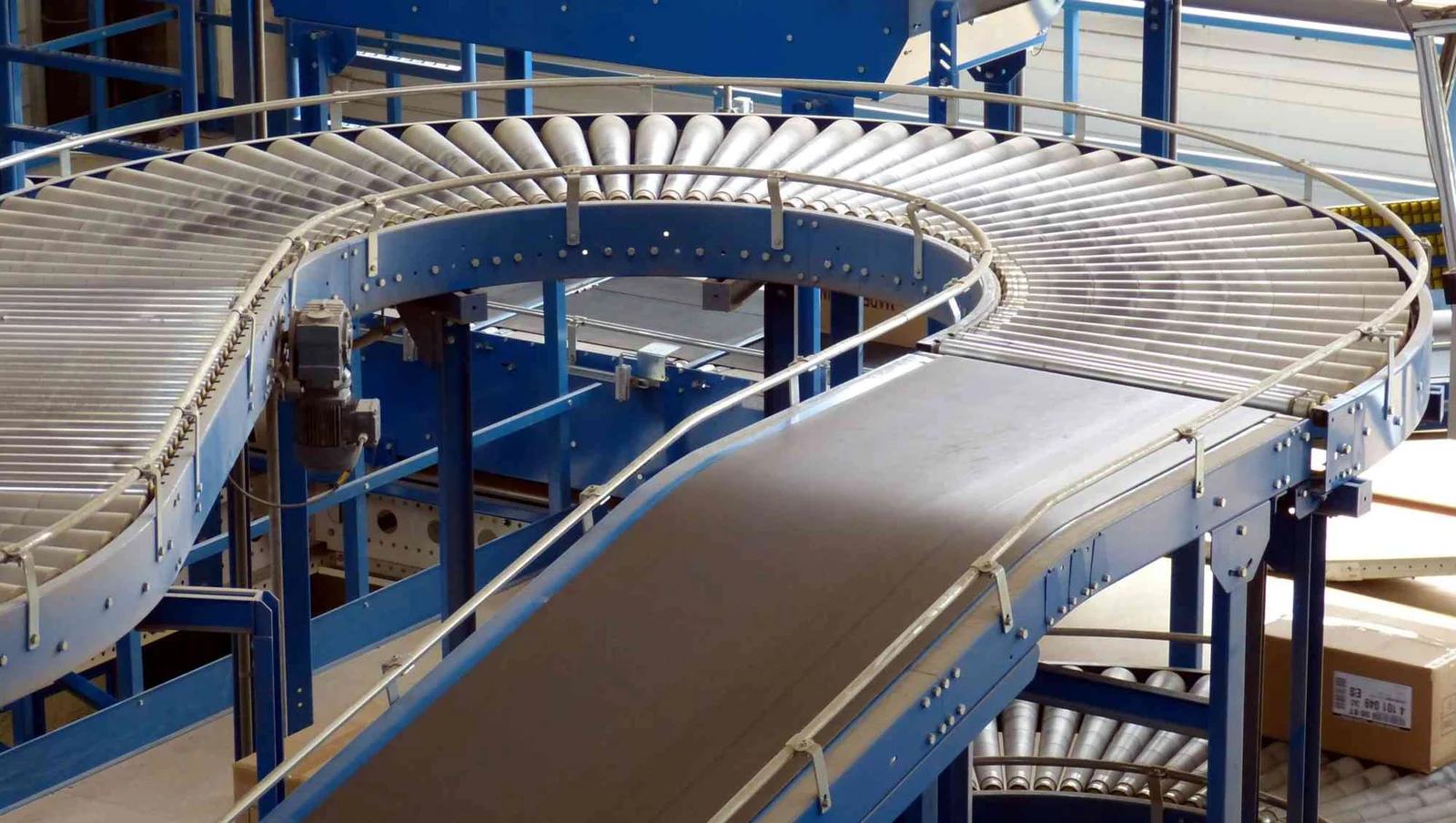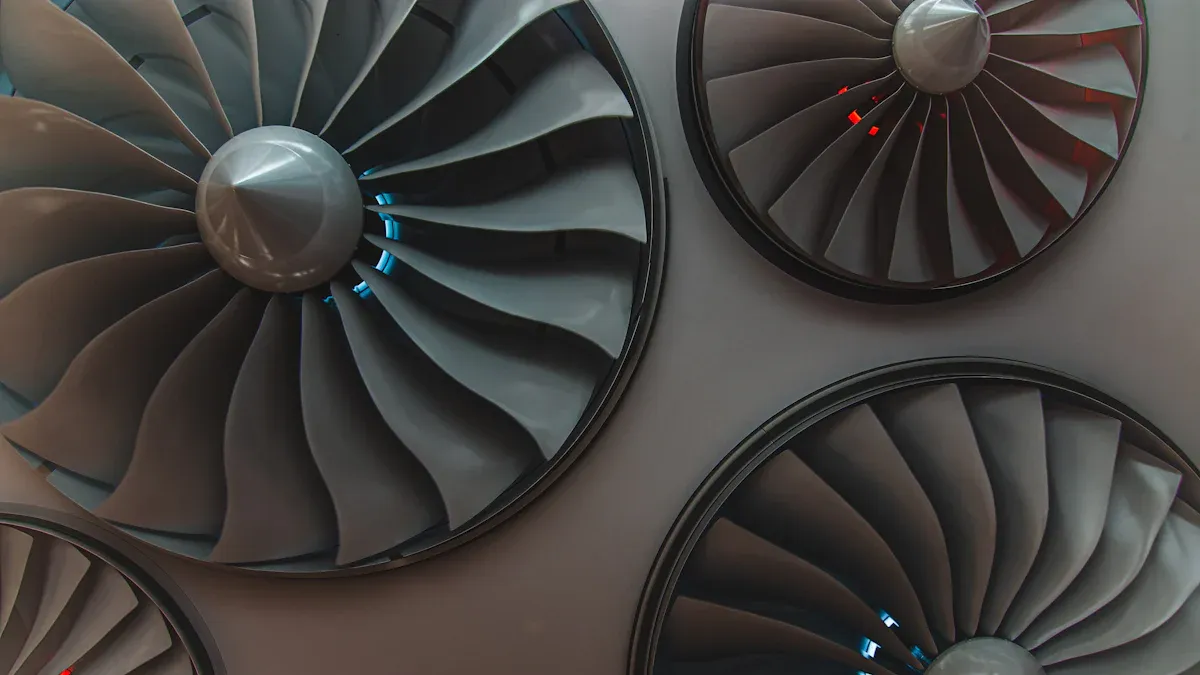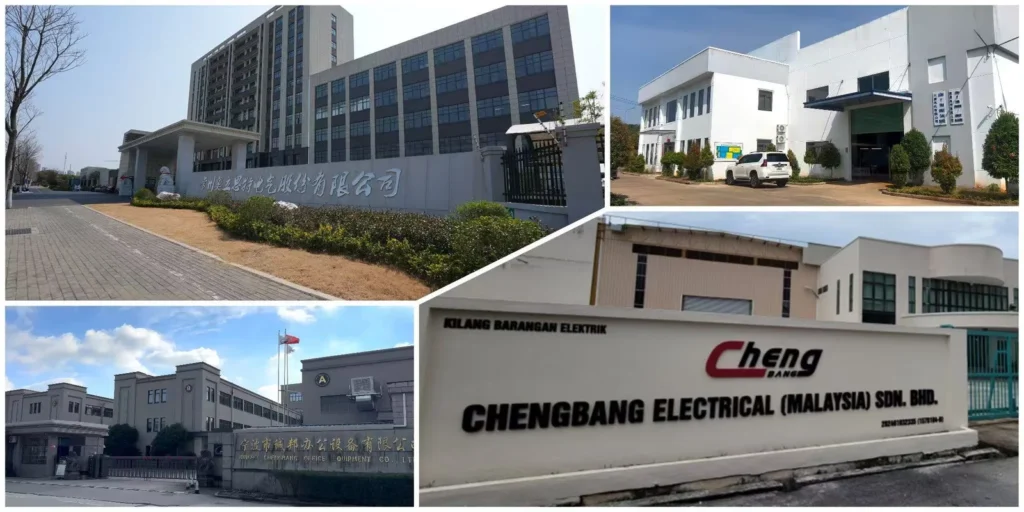
Conveyor systems are crucial in logistics and manufacturing. If you miscalculate gear motor sizing, it can lead to significant issues. This may waste energy and result in costly downtime. Downtime can negatively impact your entire operation. Properly sizing gear motors ensures your conveyor systems function efficiently. This boosts productivity and minimizes interruptions. Understanding how to perform gear motor sizing accurately is essential. It helps maintain smooth operations and achieve your business objectives.
Key Takeaways
Choosing the right size for gear motors is very important for conveyor efficiency. It helps save energy and prevents expensive downtime. This keeps everything running smoothly.
Profoundly understanding the complexity of load and torque requirements is crucial, as torque calculation involves system dynamics, not simple load weighing.
Use Variable Frequency Drives (VFDs) to control speed better. VFDs change motor speed to fit what the conveyor needs. This saves energy and reduces wear on parts.
Pick the correct motor and gearbox. Different types have special benefits. Choose based on what your conveyor system needs.
Follow NEMA standards for safety and efficiency. These rules help make sure your gear motors work well and fit with your systems.
Defining Load & Torque Requirements
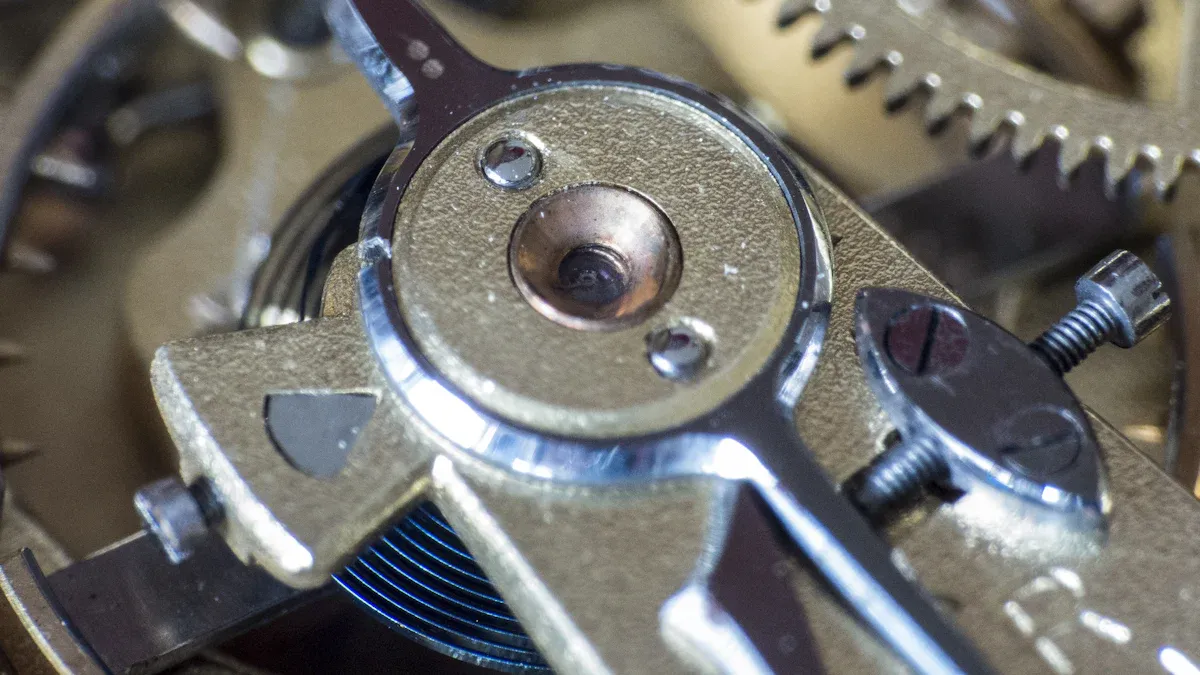
Knowing load and torque needs is important for sizing gear motors well. Torque is the turning force a motor makes to move a load. If you size the torque too low, your conveyor might struggle to move loads. If you guess too high, it wastes energy and raises costs.
To find out the necessary torque for your conveyor system, focus on these factors:
Load Weight: The total weight of the items being moved directly affects the torque needed to start and maintain movement. Heavier loads need more torque.
Load Distribution: If loads are uneven, it can cause more friction and dynamic stresses.
The Torque Calculation Foundation
The ultimate goal is to determine the design torque required at the motor shaft. This value isn’t just the torque needed to move the weight; it must incorporate crucial factors for reliability and long-term performance. You must overcome three main calculation challenges to get it right:
Starting Torque: At the moment of initial movement, the motor must overcome massive static friction. This is often the highest momentary torque peak in the entire operation.
Running Torque: The motor must overcome constant dynamic friction and gravity (for inclined conveyors) to maintain speed.
Dynamic Acceleration Torque (Inertia): Most people only factor the product weight, ignoring the significant inertia of the moving components like the rollers and the belt itself. Overcoming this inertia during rapid starts, stops, and accelerations creates transient torque peaks that can cause premature gear component fatigue if overlooked.
To avoid expensive sizing errors, we strongly recommend consulting with a technical expert to accurately calculate your specific design torque, which includes an inertia analysis and dynamic stress verification. This ensures long-term reliability and precise energy consumption.
The Critical Service Factor
Crucially, the Service Factor (SF) serves as your mechanical safety buffer. It must be selected based on the motor’s Duty Cycle—how frequently and how long the motor runs—and the presence of shock loads. Choosing the correct SF is the single most effective way to guarantee the longevity of your gearbox components and prevent premature, costly failure.
Here’s a table showing the recommended service factors based on conditions:
Service Factor | Operating Conditions |
|---|---|
1.00 | Moderate Shock – not more than 15 minutes in 2 hours Uniform Load – not more than 10 hours per day |
1.25 | Moderate Shock – not more than 10 hours per day Uniform Load – more than 10 hours per day |
1.50 | Heavy Shock – not more than 15 minutes in 2 hours Moderate Shock – more than 10 hours per day |
1.75 | Heavy Shock – not more than 10 hours per day |
2.00 | Heavy Shock – more than 10 hours per day |
Choosing the right service factor ensures your gear motor can handle tough conditions. An incorrect SF can shorten gearbox life by over 50%, leading to premature, costly failures and downtime.
Speed Matching and Reduction Ratio
In conveyor systems, speed is very important for smooth operation. You need to match the motor speed with the conveyor belt speed for the best performance. If the motor speed does not match the conveyor speed, it can cause problems like jams, spills, or damage to parts. So, knowing how to find the right speed is key for good gear motor sizing.
From Belt Speed to Motor Shaft
In conveyor systems, speed is vital for smooth operation and optimal performance. You must match the standard motor speed precisely with the required conveyor belt speed. This correlation is defined by the Reduction Ratio (i).
The selection process is binary:
Identify the Required Output Speed: Determine the exact output shaft speed (noutput in RPM) needed, based on your conveyor’s line speed and drive pulley diameter.
Determine the Ratio: The Required Gear Ratio (i) is the relationship between the motor’s speed and this required output speed.
Because standard gearmotors rarely provide the exact ratio needed for precise process control, this crucial step often necessitates a customized gearmotor solution to match your exact speed and torque profile without compromise.
Speed Control: VFDs and System Dynamics
Variable Frequency Drives (VFDs) greatly improve speed control in conveyor systems. They allow for precise adjustments to motor speed, which is crucial for saving energy and boosting overall efficiency in logistics.
Here are the main benefits of using VFDs in your conveyor systems:
Precision Control: VFDs allow exact, continuous changes to motor speed, optimizing the flow of material and preventing problems like product jams or spills.
Energy Savings: VFDs match motor operation to material flow demand, preventing unnecessary energy consumption and reducing operational costs.
Reduced Wear: They lower mechanical wear on components by operating motors at the optimal speed, thus extending service life and reducing maintenance.
However, integrating a VFD requires careful consideration during gear motor sizing to ensure long-term reliability:
Technical Challenge : Low-Speed Heat Risk
When a motor operates at a very low speed (low frequency), its internal cooling fan becomes highly inefficient, leading to a high risk of overheating. Overheating is the primary cause of motor winding failure and permanent burnout. For applications requiring extended low-speed duty, you must specify a motor with a dedicated forced ventilation system (often referred to as IC416), or use a significantly higher Service Factor (SF).
Because thermal balance calculation is highly technical, for any VFD application where you cannot verify proper cooling, you must significantly increase the Service Factor (SF) or specify a motor with dedicated external cooling (IC416) to prevent premature burnout.
Choosing the Motor and Gearbox
Picking the right motor and gearbox is very important for making your conveyor system work better. Different types of motors have special benefits. Knowing these can help you find a gearmotor that fits your needs.
Motor Types for Conveyor Uses
You have many choices when it comes to motors for conveyors. Here’s a quick look at the most common types:
Motor Type | Efficiency Ratings | Pros | Cons | Anwendungen |
|---|---|---|---|---|
AC Induction Motors | Simple, cost-effective, reliable, easy to find. Ideal for continuous duty | Runs hot, lower precision than BLDC/PMSM | General industrial conveyors, high-power systems | |
DC Brushless Motors | Very efficient, lightweight, high precision, cooler operation | Higher upfront cost; requires more complex electronic control | High-speed sortation, robotics, applications where maximum energy efficiency is critical | |
Servo Motors | Usually high, often over 90% | Great precision, high torque and speed, excellent dynamic response | Highest cost and complexity; often overkill for standard lines | High-precision automation tasks, specific indexing |
AC Induction Motors are popular because they are reliable and efficient. They work well in many industrial places. On the other hand, DC Brushless / PMSM motors are very efficient and excel in applications requiring high precision and low maintenance.
Gearbox Types and Their Trade-offs
Choosing the right gearbox is just as important as picking the motor. Different types of gearboxes have their own benefits and downsides. Here’s a summary of common gearbox types:
Gearbox Type | Advantages | Trade-offs |
|---|---|---|
Quieter, most efficient (up to 98%), can carry more load. Best for continuous duty (S1) and maximum energy savings. | Larger profile may require more installation space. | |
Worm Gearboxes | High reduction ratios, compact design, often self-locking (security). | Lower efficiency (often between 40% and 85%). This inefficiency is wasted as heat, potentially adding 10% to 30% to your energy consumption and limiting continuous duty. |
Planetary Gearboxes | Highest torque density, extremely compact footprint, high rigidity, and excellent precision. Ideal for high-shock loads and high-precision automation. | More complex design and potentially higher cost. |
Choosing the right gearbox type affects how well your conveyor system works and how much noise it makes. An efficient gearbox saves energy and helps the conveyor last longer, cutting down on maintenance costs and downtime.
North American Compliance: NEMA Standards and Efficiency
Knowing NEMA standards is critical for picking the right gearmotor for your conveyor systems. These standards help you choose motors that are safe, highly efficient, and compatible for use in the North American market.
The Significance of NEMA Frame Sizes
NEMA frame sizes are key for making sure gear motors fit and are easy to install. They help you find a gearmotor that works with your current systems without needing changes. Here’s a table showing common NEMA frame sizes and where they are used:
NEMA Frame Size | Common Applications |
|---|---|
56 | Small industrial and commercial uses |
143T/145T | Pumps, conveyors, and fans |
182T/184T | Industrial uses needing more power |
215T and Large | Heavy-duty industrial uses |
Using the right frame size makes sure motors from different makers can be swapped easily. This cuts down on downtime during repairs and helps them work with other parts like belts and pulleys.
Protection and Environment: NEMA Enclosure Ratings
NEMA enclosure ratings keep gear motors safe from environmental dangers. These ratings show how well a motor can handle dust, moisture, and other elements, which is vital for long-term reliability in harsh facility environments.
Here’s a summary of common NEMA ratings:
NEMA Rating | Protection Description | Common Use Cases |
|---|---|---|
NEMA 1 | Basic protection against light dust and accidental contact | General indoor uses like offices |
NEMA 4 & 4X | Waterproof, protects against dust, rain, and hose-directed water. The NEMA 4X version also provides additional corrosion protection. | Food/beverage processing plants, areas subject to frequent high-pressure washdown, outdoor conveyor systems. |
NEMA 12 | Dust-tight and drip-tight, protects against dust and dripping liquids | Manufacturing plants, industrial areas |
Choosing the right enclosure rating helps make sure your gearmotor works well in its environment.
The Mandatory Standard: NEMA Premium Efficiency
NEMA Premium Efficiency standards are mandatory for cutting energy use in industrial gear motors across much of North America. These standards require motors to meet certain minimum efficiency ratings, which is crucial for achieving compliance and saving significant money over time. Here’s a table showing the efficiency ratings for different horsepower values:
Motor HP | Standard Efficiency (%) | Energy Efficient (%) | Premium Efficiency (%) |
|---|---|---|---|
7.5 | 85.5 | 89.5 | 91.7 |
15 | 86.6 | 91.1 | 92.4 |
25 | 89.3 | 92.4 | 93.6 |
50 | 91.3 | 93.2 | 94.7 |
75 | 91.7 | 94.1 | 95.4 |
100 | 92.3 | 94.5 | 95.4 |
By switching to NEMA Premium motors, you can save energy and lower costs. For example, changing from a standard 100-hp motor to a NEMA Premium one can save you about $2,080 in electricity each year.
Your Customization Edge
Customizing gear motors can greatly improve your conveyor systems. Regular models might not fit your exact needs. By looking into special solutions, you can solve unique problems better.
Solving Non-Standard Challenges
When facing unusual challenges, the selection process requires understanding the full torque profile, including the Continuous Running Torque (TCONT) and the maximum momentary loads. This involves accurately determining the impact of friction, gravity (for inclines), and the power needed for fast acceleration.
Accurate analysis of these dynamic forces is the most common area for sizing error. For guaranteed reliability, consult an application engineer before finalizing your design.
Optimized Torque Density and Footprint
Custom gear motor options can boost torque density and cut down space in special conveyor setups. Here are some advantages:
Custom gear motors use powerful motors, which improve torque density.
Smaller designs help reduce the space needed.
Modular setups allow for solutions that fit specific needs.
The SINOCHRON® series motors provide high power density, allowing for smaller motor choices and less space.
Adding angular gearboxes helps transport heavy loads efficiently.
These features help you get better performance while using less space for your conveyor systems.
Choosing the right gear motor size is your first line of defense against production failure. A single inaccurate calculation of torque or inertia can lead to thousands of dollars in wasted electricity each year, or cause days of catastrophic, unforeseen downtime.
Don’t leave critical sizing and thermal verification to chance, contact Honest‘s professional engineers immediately.
Leverage our specialized tools and extensive experience to ensure your conveyor system achieves optimal efficiency and maximum service life. We are ready to help you determine the most suitable motor and cooling solution.
FAQ
Why is gear motor sizing important for conveyors?
Getting the right size for your gear motor helps your conveyor system work well. It stops wasting energy, cuts down on downtime, and boosts productivity. Correct sizing also reduces wear on parts, making the system last longer.
What are NEMA standards?
NEMA standards explain the performance and safety rules for motors in North America. They make sure motors work well, are safe, and fit different uses. Following these standards helps you choose dependable and efficient gear motors.
Can I use regular motors for my conveyor system?
Regular motors might not fit your exact needs. Custom gear motors offer special solutions that improve performance and efficiency. They make sure your conveyor system works its best and meets your specific needs.
What do VFDs do in conveyor systems?
Variable Frequency Drives (VFDs) control how fast the motor runs and how much torque it has. They let you make precise changes, which saves energy and lowers wear on parts. VFDs help keep your conveyor system running well by matching motor speed to what the load needs.
